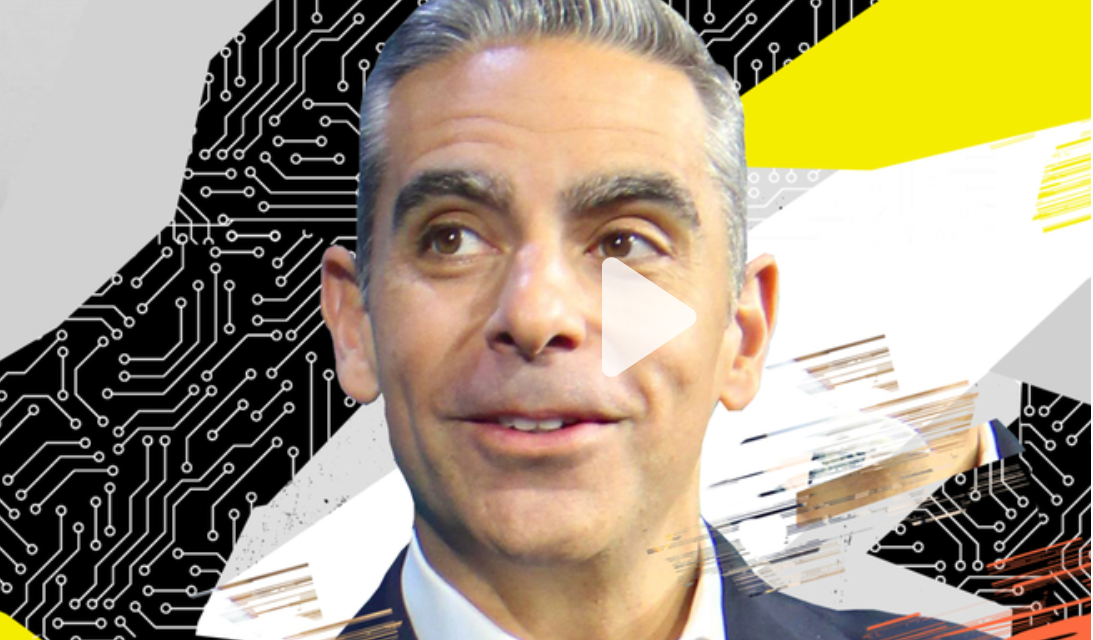How Square took on a challenge from Amazon — and won
Updated 1708 GMT (0108 HKT) March 10, 2020
New York (CNN Business)It’s a relatively familiar conundrum these days: Asmaller company creates a popular product, and then Amazon launches a nearly identical private label offering — and sells it at a fraction of the cost.
Jim McKelvey was aware of the challenge when Amazon (AMZN) entered into direct competition with his then-four-year-old company, Square (SQ), in 2014. Amazon has a huge customer base, a massive distribution network and a wide variety of consumer services likemovies and grocery shopping.
“It was terrifying,” McKelvey told CNN Business. And Square had a bigger leg up than most: McKelvey created the company with Jack Dorsey, who was also famous for co-founding Twitter (TWTR).
Square sells credit card readers that plug into smartphones or iPads, as well aspayment processing software and other customer management tools. Square’s early focus was on small businesses that had previously struggled to afford financial services, includingthe ability toaccept credit card payments, because of highfees.
The company grew quickly — by 2012 it had scored a deal with Starbucks (SBUX) and amassedan annual payment volume around $6 billion — until 2014 when Amazonbegan selling a nearly identical card reader for a fraction of the price. At the time, Square charged 2.75% of each transaction, while Amazon offered a promotional price of 1.75% for new customers that increased to 2.5%.
McKelvey understood the stakes right away: “When they undercut your price by 30% and have the Amazon brand and all the other stuff they bring to the table, you’re dead.”
But Square survived. In fact, a year after launching its card reader, Amazon stopped making the product and mailed a Square card reader to all of its business customers.
Not many companies could take on Amazon and win. The answer to Square’s success, McKelvey said, was that it didn’t just sell iPhone-connected card readers — itoperated nearly every aspect of its business differently from traditional payments or point-of -sale companies, forcing it to develop what he calls an “innovation stack.”
“Innovation stacked upon innovation stacked upon innovation gives you this weird thing where you end up with a market all to yourself,” he said. “It’s really hard to unseat a company that has all those innovations.”
McKelvey, who now works as a board director at Square in addition to other ventures, describes the fight in his book “The Innovation Stack,” out this month. The book also includes stories about Dorsey’s early career — McKelvey first hired him as a teenager for an earlier startup after frequenting Dorsey’s mother’s coffee shop — and other examples of successful business innovations.
Building an innovation stack
The challenge from Amazon was not unusual. The tech giant often watches what sells well on its platform and creates a less expensive private label equivalent -— a strategy thatit has defended as a typical practice in the larger retail industry.
Building a company capable of withstanding such a challenge requires addressing a fundamentally new problem, McKelvey said. It’s not the typical model, as most businesses are based on existing, successful formulas.
Square was borne of a personal frustration fromMcKelvey, who owneda glassblowing studio and lost a sale because the customer had only an American Express card—whichthe studio couldn’t afford to accept because of high fees.
He wanted to find an easier and cheaper way for small business owners, including simpler setup of backend agreements and the ability to swipe cards through mobile devices. That meant Square had to create new ways of doing things, including building its own underwriting and customer service arms.
That’s what saved Square. It created an entirely new system for processing payments that solved a range of problems for its customers. The company now serves millions of enterprise customers and has an annual payment volume over $100 billion.
McKelvey now heads a venture capital firm working with early stage fintech firms. He looks to invest in companies with innovation stacks, “where a company is looking at so much of a defensible position that it doesn’t matter what happens. They’re bulletproof.”
sumber: https://edition.cnn.com/2020/03/10/tech/square-amazon-jim-mckelvey/index.html









Recent Comments